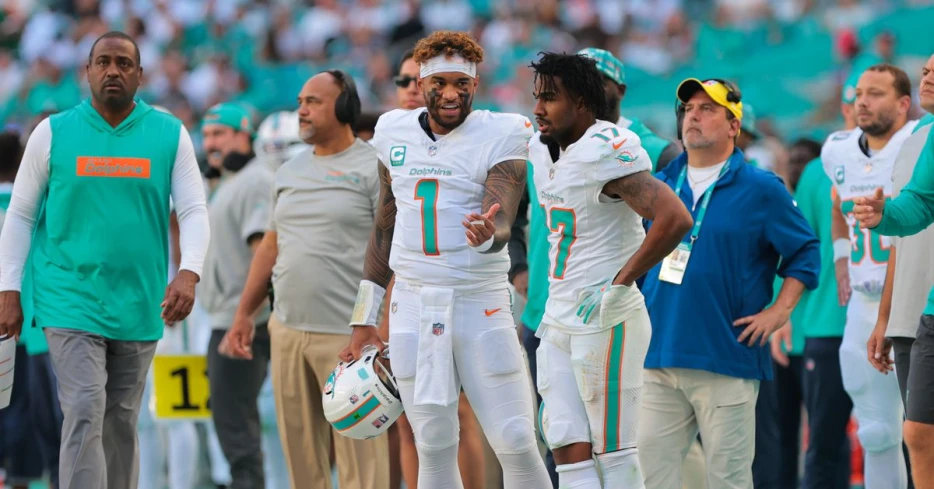
 The Phinsider
The Phinsider
Miami ranks seventh in the NFL in void-year cap hits—should they push even further to win now?
The Miami Dolphins began releasing players on Friday to clear salary cap space. While teams often operate under tight budgets, the salary cap sometimes seems more like a guideline than a rule. Void years have become an increasingly common way to manipulate the salary cap and extend a team’s win-now window.
Void years allow teams to spread signing bonuses over multiple years, creating short-term cap relief but resulting in a financial hit once the player is no longer on the roster. When a player is released or a void year is triggered, the remaining bonuses immediately count against the salary cap.
Nick Korte, an Over The Cap contributor, broke down which teams had the most future cap dollars currently tied up in void years, which highlights how much money can be moved around by aggressive front offices.
The Super Bowl-winning Philadelphia Eagles lead the charge with an eye-popping $390 million of salary cap space dedicated to void years, followed by the San Francisco 49ers ($204 million) and the Cleveland Browns ($187.5 million).
Quarterback Jalen Hurts, wide receiver A.J. Brown, running back Saquon Barkley, and seven other players are already on the books with void years in 2030, according to Over The Cap. Six players currently have salary cap hits slated for 2032 as the Eagles create front-end flexibility.
Unlike a credit card, where interest increases costs, a rising salary cap makes future void years easier to absorb. Extensions and restructures can reduce or defer the financial hit.
The Dolphins rank seventh in void-year spending due to Tua Tagovailoa, Jalen Ramsey, Jaylen Waddle, and Tyreek Hill contract extensions. Miami’s aggressive pursuit of players throughout the Mike McDaniel era has created $70 million in void-year money.
The Dolphins began releasing players to get under the salary cap. Still, urgency is mounting in South Florida after failing to make the playoffs in 2024, and it’s hard to imagine that the front office won’t continue utilizing future money to field a contender in 2025.